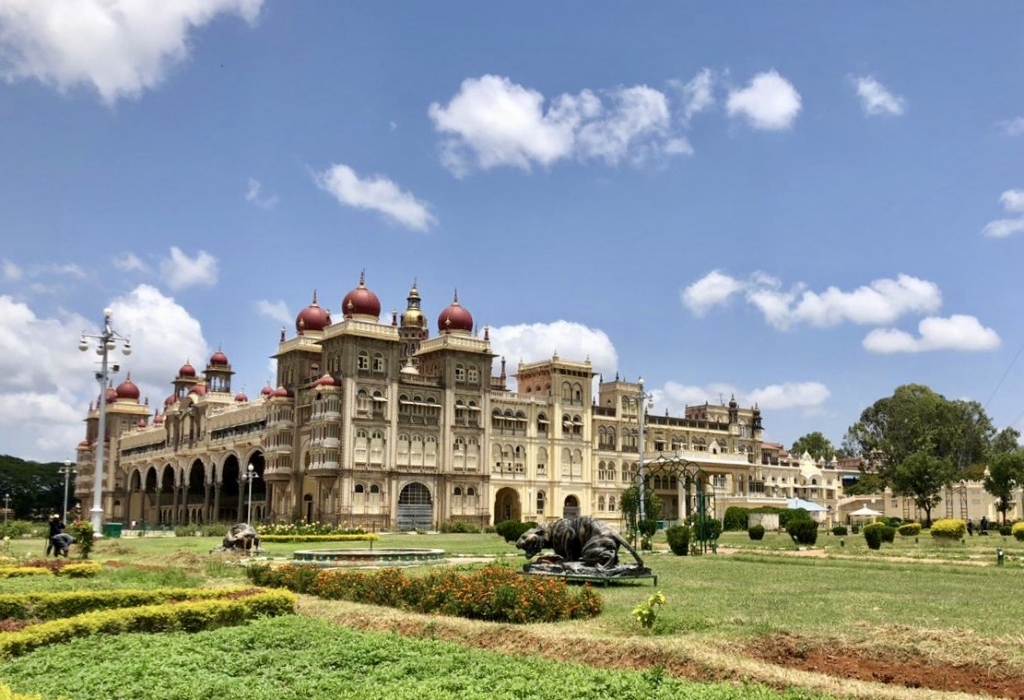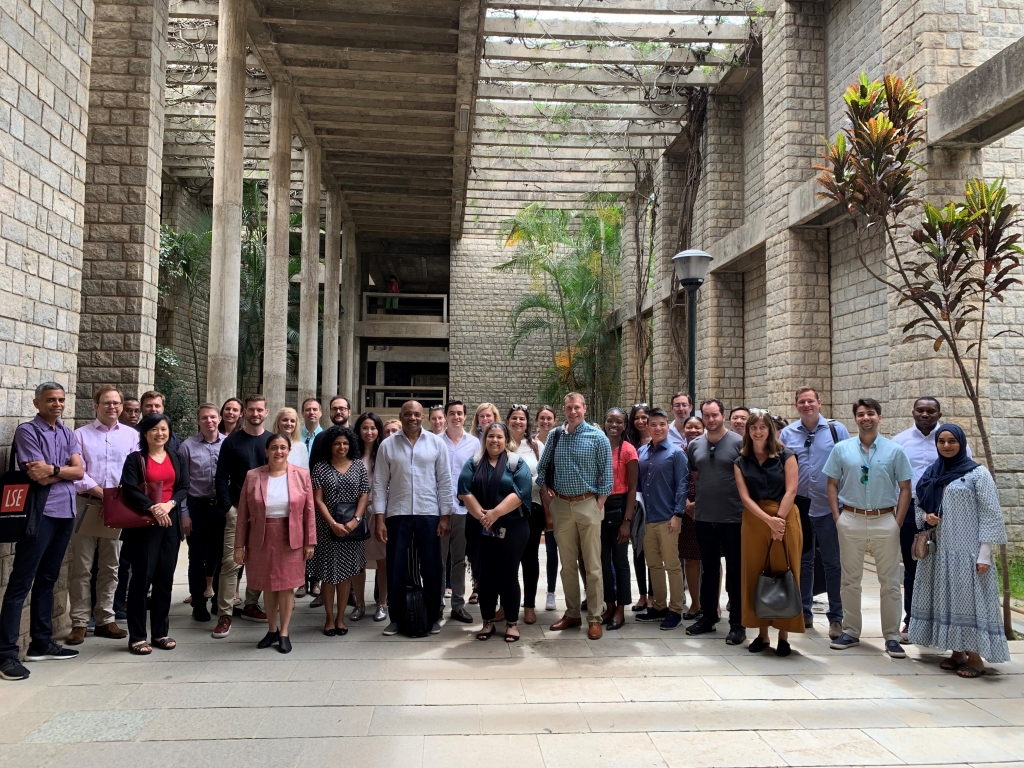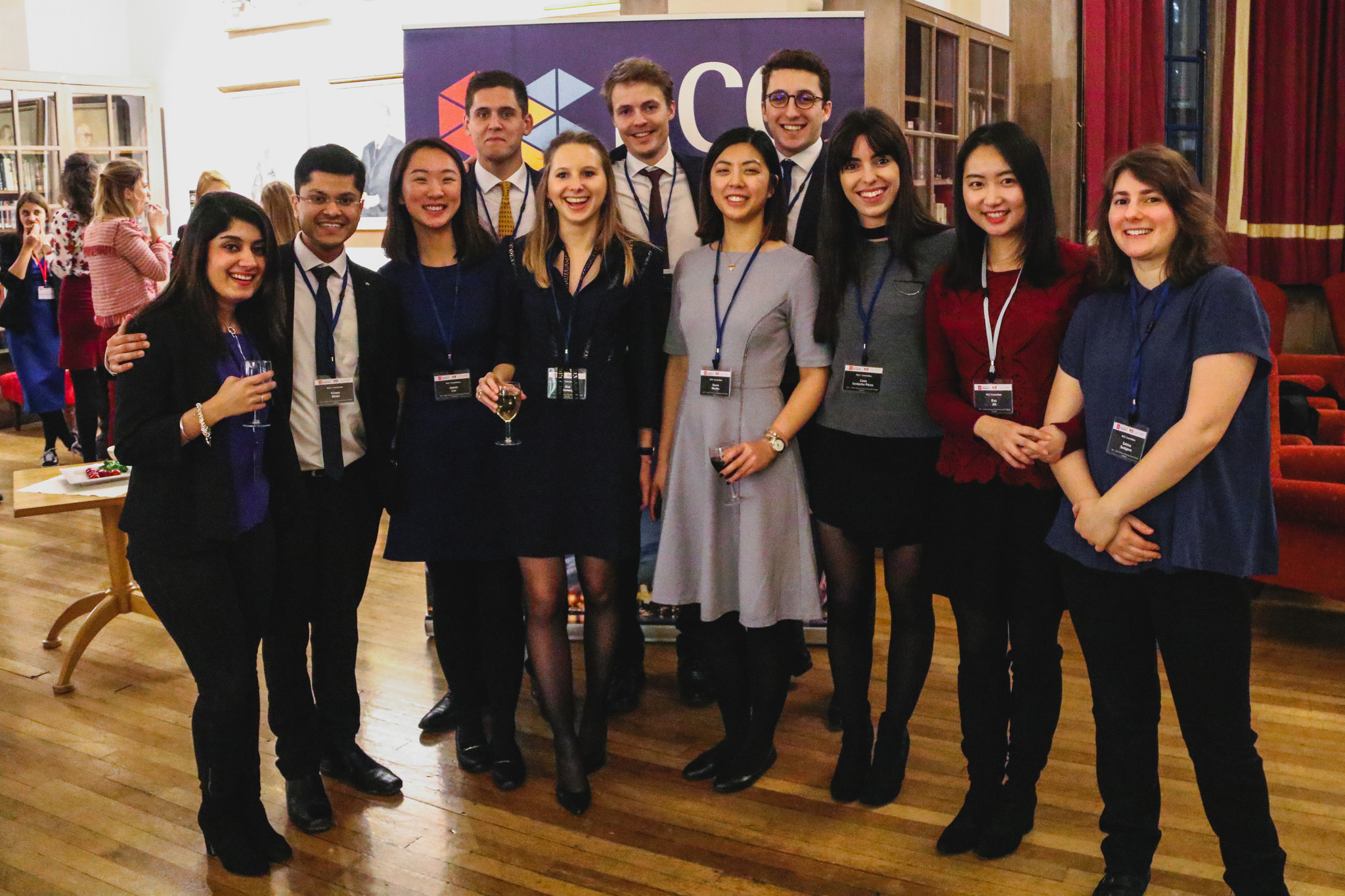India faces challenges on a scale difficult to conceive in the West, but on a recent visit to Bangalore for a module with the Executive Global Master’s in Management Zach Magnan was inspired by the innovation, ingenuity, and success of organisations seeking to tackle them.
India is a land of extremes. Extreme challenges and poverty; extreme achievement and potential; on scales that are difficult to convey.
I’ve recently completed the fifth of seven modules of the LSE’s Executive Global Masters in Management program. And I look forward to connecting with a great group of fellow students and faculty at our next gathering in Beijing in early November.
With an intense work and study schedule, I have yet to fully absorb and reflect on the impact of our wonderful experience in Bangalore in June.
But a final analysis is not required to thank the EGMiM team of Om Narasimhan, Connson Locke, Cleo Jones, and Erika Gallacher for teaching and leading us on a wonderfully curated visit to India. We were granted a privileged introduction to an impressive nation, or to one of its most dynamic cities at least.
In many respects, India’s challenges are intractable. Basic infrastructure investments in roads and electricity generation are frustrated by interminable disputes over land use arising from an unfortunate lack of basic land ownership records. The country’s 179-780 languages (depending on estimates) present obvious challenges, as do religious, cultural, and regional conflicts and differences. This is not to mention the plight of multiple hundreds of millions of people who live in poverty.
On the other hand, the application of technological innovation such as India Stack’s biometric ID has transcended dependence on traditional infrastructure, and has in some cases surpassed, incremental advancements achieved in the west. The biometric ID system, which can link to on-line banking systems, allows for the electronic delivery of government assistance directly to individual citizens’ bank accounts thereby reducing retail level corruption and transaction/distribution costs which had been estimated to consume up to 80% of intended subsidies. This one benefit has been credited with motivating a large portion of the 1.2 billion Indians who have voluntarily enrolled to the system. Imagine the logistics of enrolling 1.2 billion people, many of which are unable to read or write. Imagine the impact on individual household cash flows. Imagine the impact on people’s lives.
Imagine the logistics of enrolling 1.2 billion people, many of which are unable to read or write. Imagine the impact on individual household cash flows. Imagine the impact on people’s lives.
On this trip we were given an introduction to some unbelievable organisations making exceptional progress in their fields locally and globally. We were fortunate to meet an array of engaging and highly accomplished entrepreneurs, industrialists, medical practitioners, educators, and volunteers who were chasing big dreams and taking on enormous problems across a range of industries.
As is well known, Bangalore is also home to emerging (Affine) and established (Thoughtworks and InMobi) international technology companies.
The contrast between challenge and achievement is stark and pervasive.
Narayana Hrudayalaya’s cardiac care center’s motto is “none shall be turned away because they can’t pay.” Narayana is a private, for-profit hospital. To live up to its motto, it must be creative, and it must innovate; and it does. The hospital performs as many procedures in a month as a typical university hospital in the United States performs in a year. And procedures cost roughly 2% of the average cost in the United States.
Don’t think growing market share, think creating markets, to the tune of many hundreds of millions of people.
Happy endings are far from assured, but the scale of this ‘market’ amplifies the impacts to heights that are hard to conceive of in other parts of the world. Don’t think growing market share, think creating markets, to the tune of many hundreds of millions of people.
It is remarkable to consider that while we tinker and bicker at the margins in the west, innovators such as d.light are literally bringing light to tens, if not hundreds of millions, of people.
I speak of ‘markets’ and we did explore the dynamics impacting for-profit enterprises, but we also gained perspective on far more than this country’s commercial dimensions. We witnessed inspirational aspirations and achievements in the fields of education and medicine against challenges that would likely deter many if not most in my world.
We have come away with one eye on the global competitive landscape, opportunity, and potential, and another on the extreme socio-economic and environmental challenges that we must all confront – locally and globally.
Our perspectives have and continue to evolve as this journey goes on.
I look forward to the insights that will surely arise from our upcoming trip to China. A very different country that is likely even more relevant to the international commerce and to global interactions on multiple dimensions.
Learn more about the Executive Global Master’s in Management programme.







